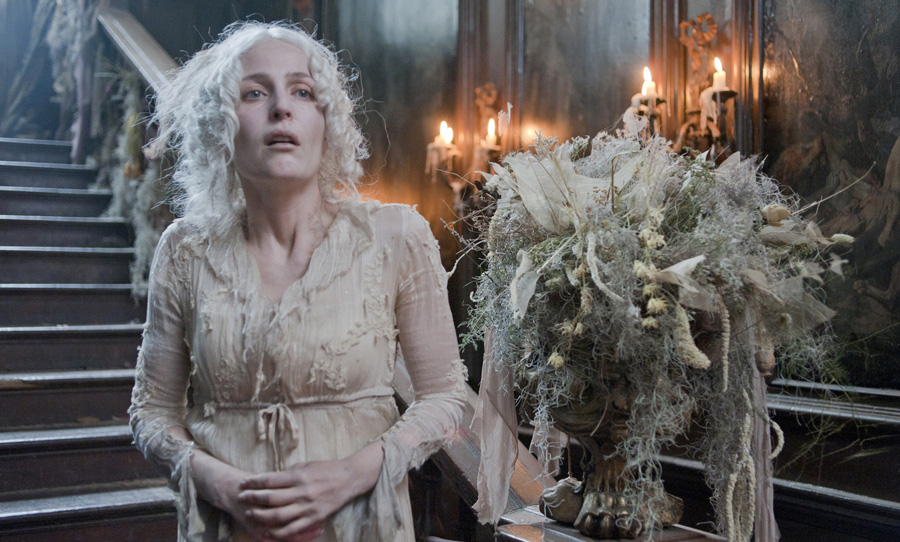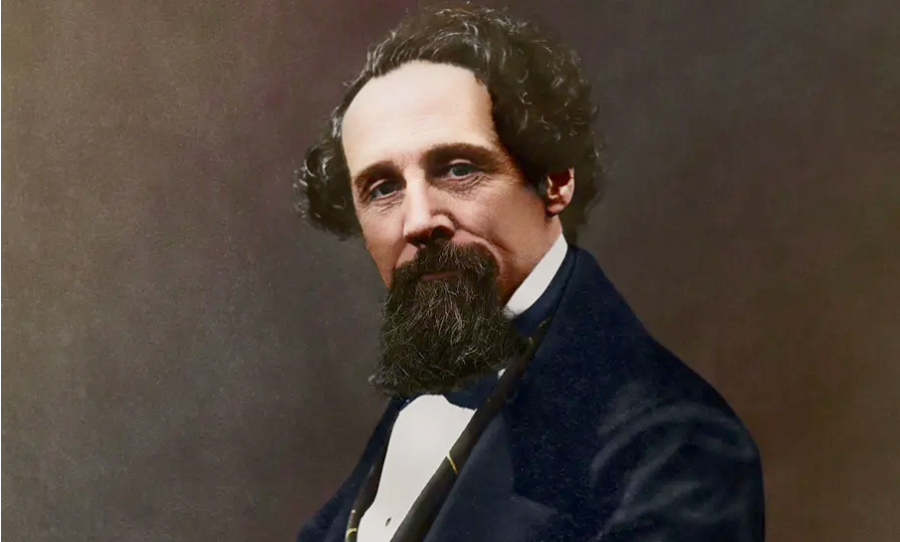No single writer casts a shadow as large as Dickens. But what are the best Charles Dickens books? Let’s dive into his unparalleled catalogue.
Despite beginning his career the best part of 200 years ago, the topic of the best Charles Dickens books remains relevant. Representing an appreciation of morality in a newly industrialised world, his novels loom larger than any other author of the 19th-century, with many of his characters immortalised.
Tackling comedy, drama, revolutionary drama, as well as the hellish conditions that the poor of Victorian London endured, it’s little wonder that “Dickensian” is a mainstay of modern vernacular. Read on as we take a tour through the best Charles Dickens books.

The Pickwick Papers (1836)
Charles Dickens’ debut — published when the author was just 24 — cemented his reputation as an author to watch. The Pickwick Papers was published in serial form over 19 episodes and was a chaotic, irreverent road-tripping collection of episodes centred around Samuel Pickwick Esquire. It also gave readers an early indication of Dickens’ sense of justice in his storytelling.

CHARLES DICKENS
THE PICKWICK PAPERS
Oliver Twist (1837)
Dickens was still a spring chicken when Oliver Twist was published in 1837, but it has surely gone down as one of his most enduring works. Based on the trials and tribulations of the eponymous child protagonist, Oliver Twist reflects Dickens’ own adolescent experiences on the fringes of society, further cementing his significance as a social critic of the era.

CHARLES DICKENS
OLIVER TWIST
Nicholas Nickleby (1839)
Following on from Oliver Twist’s depiction of a horrific orphanage, Charles Dickens conducted research for Nicholas Nickleby by visiting such institutions in the north of England. This informed his portrait of the title character and his quest to ensure his family’s safety amid the threat of financial ruin. And in a career marked by eccentric character names, the villainous Wackford Squeers must top the list!

CHARLES DICKENS
NICHOLAS NICKLEBY
A Christmas Carol (1843)
Though it was just a novella, A Christmas Carol birthed one of literature’s longest-surviving archetypes: the wizened old man who hates Christmas. Ebenezer Scrooge looms large in the imagination of children worldwide, especially at that special time of the year.

CHARLES DICKENS
A CHRISTMAS CAROL
Martin Chuzzlewit (1844)
One of Dickens’ personal favourites (though one of the least popular in his oeuvre), Martin Chuzzlewit marked a turning point in the author’s career. It was the last of his picaresque works and the first in which he enlarged the scope beyond his native England and into America. A classic exploration of greed and skulduggery.

CHARLES DICKENS
MARTIN CHUZZLEWIT
David Copperfield (1850)
During this period, Charles Dickens’ books took on a different trajectory. Out were the rogueish protagonists that marked his early work; in were more seriously themed, personal tales. David Copperfield is an icon of the coming-of-age genre, with events in the novel mirroring the life and times of the author more closely than ever.

CHARLES DICKENS
DAVID COPPERFIELD
Bleak House (1852)
In Bleak House, Dickens takes on the legal fraternity of the Victorian era. It traces the tribulations of the Jarndyce family, who are mired in a complicated lawsuit that will decide the fate of the family’s inheritance. One of Dickens’ most detailed character studies, it’s regarded as one of his most satisfying satires.

CHARLES DICKENS
BLEAK HOUSE
Hard Times (1854)
Hard Times is Dickens’ most-pointed critique of Britain’s industrialised age. Set in the fictional Coketown, it deliberately eschews London, forcing readers to acknowledge the reality of workers’ conditions in the north of England. More so than any other Dickens novel, Hard Times explores union politics and the intersection of morality and capitalism.

CHARLES DICKENS
HARD TIMES
Little Dorrit (1857)
For Little Dorrit, Dickens once again mined his childhood for material. It’s set in Marchelsea Prison for Debtors — a location where Dickens’ own father found himself, forcing the young Charles into a stint of child labour to pay off the family debt. A true rags-to-riches epic that exemplifies Dickens’ keen sense of strict class stratification of Victorian society.

CHARLES DICKENS
LITTLE DORRIT
A Tale of Two Cities (1859)
A Tale of Two Cities gifted us one of the best opening lines in fiction of all time: “It was the best of times, it was the worst of times…”. Beyond that, it’s a thrilling period piece that takes readers to the terrifying heart of the French Revolution. Not necessarily noted for its accuracy, it’s nonetheless a vivid portrait of one of the most tumultuous periods in modern history.

CHARLES DICKENS
A TALE OF TWO CITIES
Great Expectations (1861)
Is it the most famous of all the works of Charles Dickens? While the debate rages on that particular question, there’s no doubt that Great Expectations offers up some of Dickens’ most memorable characters: the ambitious Pip, the kind-hearted Joe, the ghostly Miss Havisham, and the surprising Magwitch. Of all his novels, Great Expectations comes closest to forming a microcosm of Dickens’ literary philosophy.




